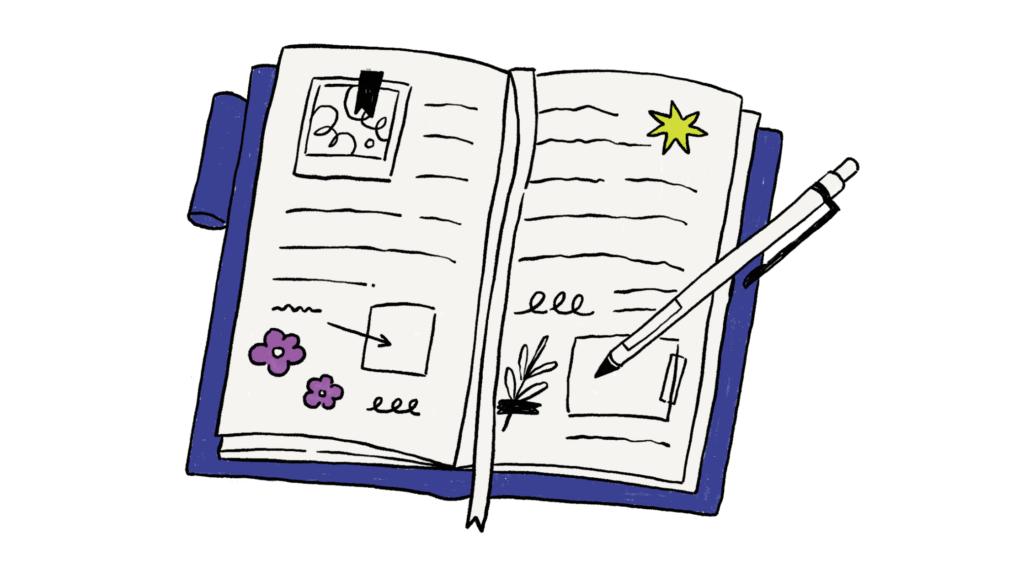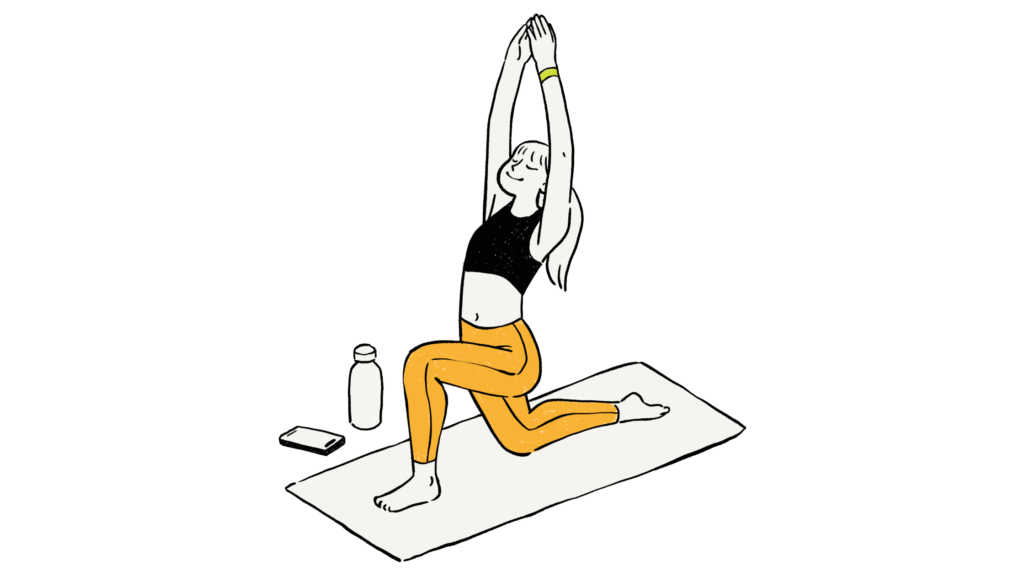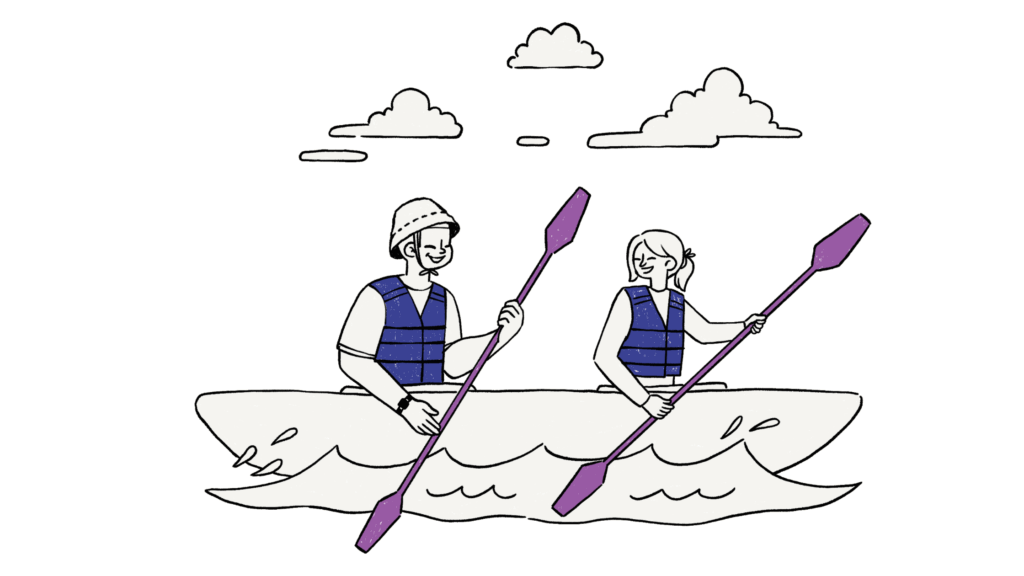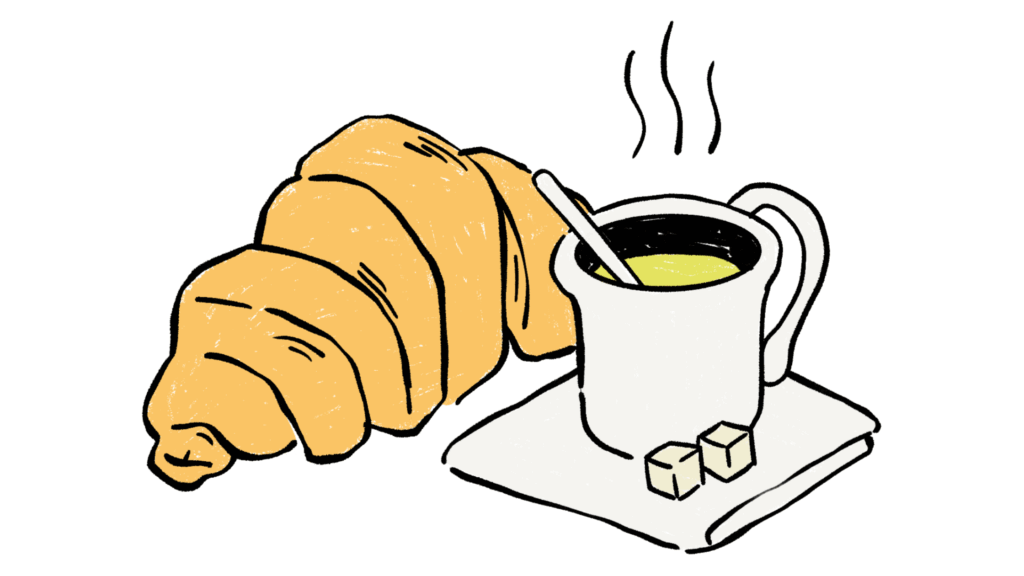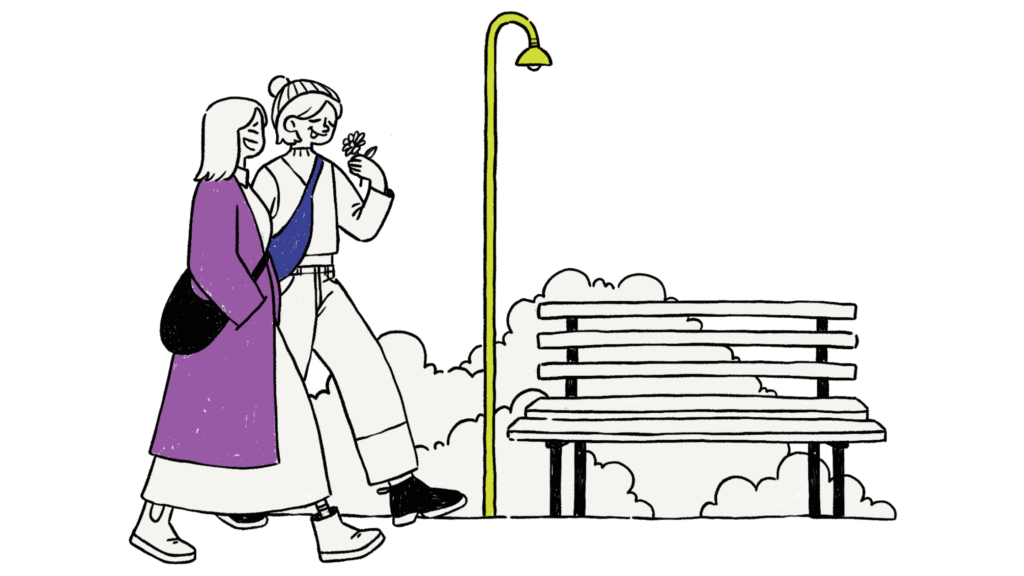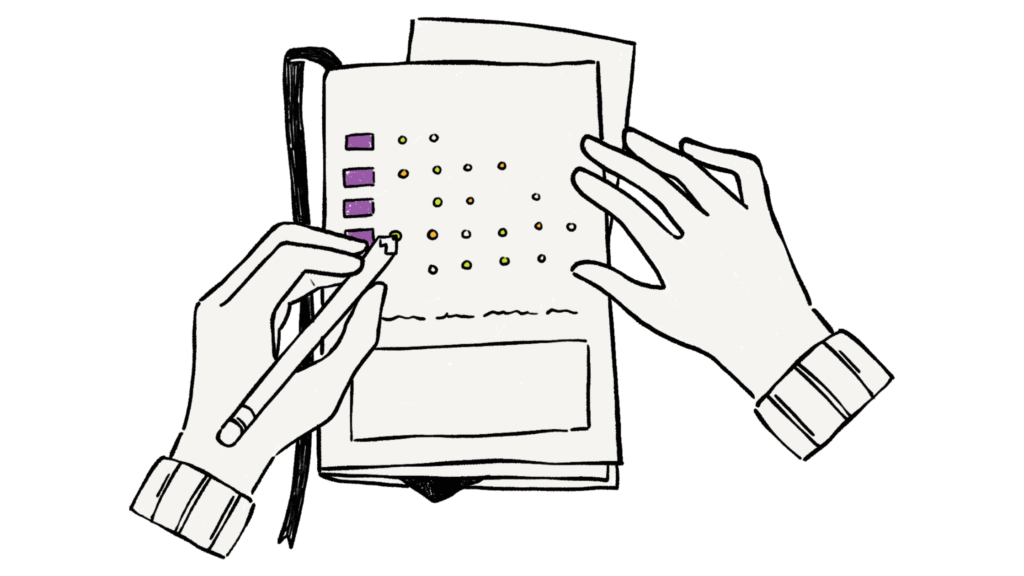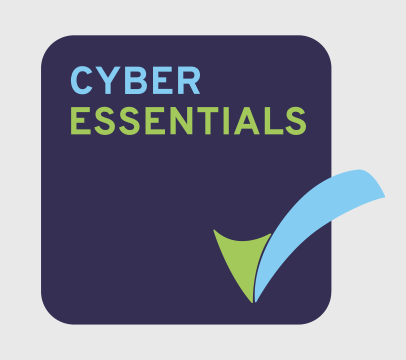Creating a Safety Plan in 5 Easy Steps

How to build a simple safety plan for when life feels overwhelming.
Sometimes, life can feel like too much. You might feel very sad, stressed, or worried. These heavy feelings can make it hard to think clearly, and it can feel like you are stuck.
When you are feeling good, it is a great time to prepare for the hard times. This is where a safety plan comes in. Think of it like a first-aid kit, but for your feelings. It is a simple plan you create when you are calm, so that it’s ready to use when you really need it.
What is a safety plan?
A safety plan is a list of things you can do to feel safer and calmer when you’re feeling really low. It helps you remember that feelings always change and reminds you that help is always available and you are not alone.
It is easy to make one. You do not need any special equipment; you simply write it down in your phone notes or on paper to keep in your bag or wallet. The most important thing is that it is easy to find!
Step 1: Write down your warning signs
How do you know when you are starting to feel bad? Sometimes, this can be hard to spot. Try to think about what happens when things get tough. Ask yourself these questions to get started:
- Do you stop eating?
- Do you sleep too much or sleep very little?
- Do you stop replying to messages?
- Do you feel impatient and snappy with your friends and family?
- Do you have more frequent or severe impulses to self-harm?
- Do you feel numb inside?
- Do you feel hopeless?
Write down at least three of your personal warning signs. When you see these signs, it can tell you that it’s time to use your safety plan now.
Step 2: List your distractions and coping strategies
When you feel overwhelmed, you need to hit the pause button and take a break. Distractions can help you to do this by changing your focus. They don’t solve the problem, but they give your brain a rest for a little while, so you feel better able to cope.
Write down at least five simple things you can do to distract yourself. These things should be easy to start right away, such as:
- Listen to your favourite album
- Go for a short walk outside
- Watch a funny video
- Make a drink or a snack
- Have a warm bath or a shower
- Do a simple puzzle or a colouring page
- Play a game
Pick things that you enjoy, even if only a little bit. Use this list to help you distract yourself for at least 15 minutes. This small pause can sometimes make a big difference and help you reset.
You could also write down some mindful exercises, like the 5, 4, 3, 2, 1 method. Name:
- Five things you can see
- Four things you can touch
- Three things you can hear
- Two things you can smell
- One thing you can taste
This exercise brings you back to the present moment. It reminds you that you are here right now.
Step 3: What are the things that give you hope?
Think about the things and people that you love or give your life meaning, and write them down. These might include relationships with your friends, family, partner, or pets.
Also include the things you have to look forward to both soon and further in the future, or anything else that makes you feel hopeful. These could be goals you’ve set for yourself, experiences you’d like to have, or responsibilities.
This list can serve as a reminder of the reasons for living.
Step 4: Who can you trust?
It can be really hard to talk when you are struggling, but talking really is the safest thing you can do. The Meic helpline and other support services are here to help. The most important thing is not to be alone with those tough feelings.
In your safety plan, list the names and phone numbers of people and services you trust.
- A close friend who listens well
- A family member you feel safe with
- Your favourite teacher, youth worker, social worker, or trusted adult
- The Meic helpline number: 080 880 23456 (phone and WhatsApp message)
- Other helplines like Childline or the Samaritans
Remember, you do not have to be in a crisis to contact Meic – you can get in touch just to check in. You can chat with us about something that has happened in your life that’s made you want information, advice or advocacy. How about you chat with us about your safety plan to see what it is like to talk with an adviser?
Step 5: What helps you feel safe right now?
This step is about very immediate actions to keep your environment safe. If you’re at risk of harming yourself, following a safety plan can remind you to make it as hard as possible to do so. Write down things you could do to make your environment safer. This could include:
- Asking someone to be with you or check in on you
- Storing medications safely
- Removing sharp objects
- Limiting access to harmful substances
- Going somewhere where there are lots of people or you feel safe
Remember: Keep it safe and check it often
Your safety plan is a living document. That means it changes as you change. Have you changed your favourite song? Is there a new friend you trust more? Do you need to update a phone number? Making small updates regularly keeps it ready to use. How about you set a reminder on your phone to check it once a month so it’s up to date?
Remember to keep your safety plan safe and close by, as you need it to be fast and simple to find when you feel upset.







